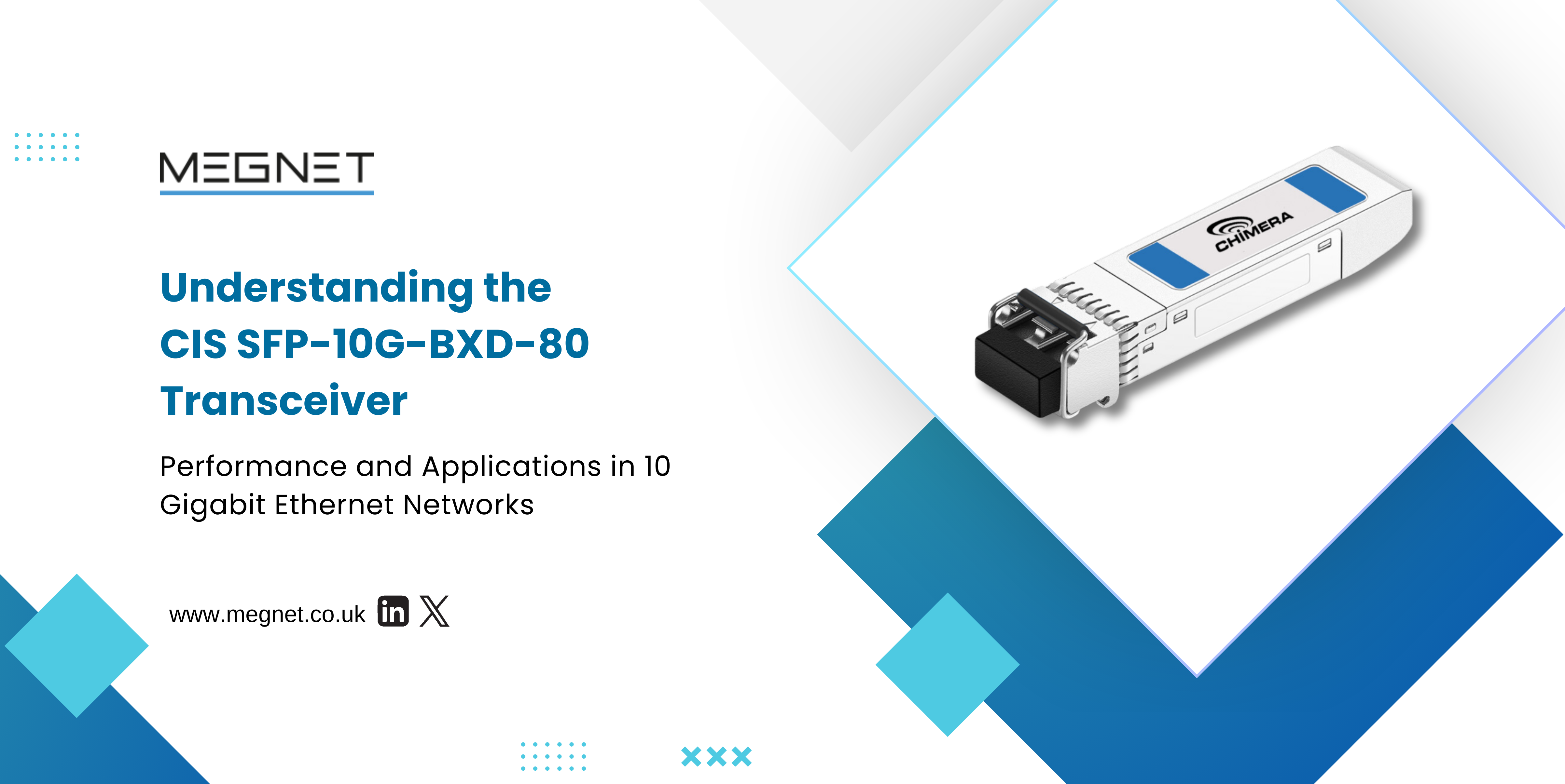
Power of Long-Distance 10 Gigabit Ethernet: Exploring the CIS-SFP-10G-BXD-80 Transceiver
The ever-growing demand for data transfer in modern networks has fuelled the widespread adoption of 10 Gigabit Ethernet (10GbE) technology. This high-speed networking standard offers a significant leap in performance compared to traditional Gigabit Ethernet, enabling faster data transmission, and supporting bandwidth-intensive applications.
At the heart of 10GbE deployments lie SFP+ transceivers. These small form-factor pluggable modules play a crucial role in connecting network devices like switches, routers, and servers. They convert electrical signals from the network equipment into optical signals suitable for transmission over fibre optic cables.
This blog delves into the CIS-SFP-10G-BXD-80 transceiver, a high-performance solution for 10GbE networks. We’ll explore its technical specifications, applications, advantages, and considerations for deployment, providing you with a comprehensive understanding of this versatile transceiver.
Specifications of CIS-SFP-10G-BXD-80

The CIS-SFP-10G-BXD-80 transceiver isn’t just another piece of networking hardware; it’s a powerhouse built for the fast lane of 10 Gigabit Ethernet (10GbE) networks. But before we unleash its potential on your network, let’s delve into the technical specifications that make this transceiver tick.
Form Factor: The Perfect Fit
Imagine a tiny superhero – compact yet capable. That’s the Cisco transceiver in a nutshell. It adheres to the SFP+ form factor, the industry standard for pluggable modules in network devices.
This ensures seamless compatibility with SFP+ transceiver ports on a wide range of networking equipment. Think of it as a universal key that unlocks the door to high-speed connectivity across various brands and models.
Speed Demon: Unleashing the 10Gbps Beast
Raw speed is the name of the game in today’s data-hungry networks. The CIS-SFP-10G-BXD-80 doesn’t disappoint. It boasts a blazing-fast 10 Gbps data transmission rate.
Imagine zipping through data transfers at ten times the speed of traditional Gigabit Ethernet. This translates to smoother video conferencing, faster file sharing, and seamless cloud application access – a true game-changer for bandwidth-intensive tasks.
BIDI Brilliance: Seeing Double on a Single Strand
The CIS-SFP-10G-BXD-80 employs a clever trick called Bi-directional (BIDI) functionality. Here’s the magic: it uses a single strand of Single-mode fibre (SMF) for both sending and receiving data. How does it achieve this feat? By utilising two distinct wavelengths of light – 1550nm for transmitting data and 1490nm for receiving it.
Think of it like having two dedicated lanes on a single highway, each flowing in opposite directions without any traffic jams. This efficient use of fibre optics makes the CIS-SFP-10G-BXD-80 ideal for situations where fibre cable runs are limited, saving on both cost and complexity.
Long-Distance Champion: Reaching New Horizons
Speaking of efficiency, the CIS-SFP-10G-BXD-80 is built for the long haul. Its ability to transmit data over long distances using SMF makes it a perfect choice for connecting geographically dispersed locations within your network.
Imagine connecting data centres across different cities or establishing high-speed connections between remote offices – all with a single, reliable transceiver. This eliminates the need for expensive and complex intermediary equipment, streamlining your network infrastructure.
DOMination: Keeping an Eye on Performance
The CIS-SFP-10G-BXD-80 goes beyond just transmitting data. It incorporates Digital Optical Monitoring (DOM) technology, acting like a built-in diagnostic tool. DOM provides real-time data about the transceiver’s operational parameters, such as optical power levels and temperature.
This information is like having a live feed of your transceiver’s health, allowing you to identify potential issues before they snowball into network problems. With DOM, you can proactively maintain optimal performance and ensure your network runs smoothly.
Beyond the Basics: Additional Specs to Consider
While the core specifications paint a vivid picture of the CIS-SFP-10G-BXD-80’s capabilities, there are other relevant details to consider depending on your specific deployment scenario. These might include:
Power Consumption: Look for a transceiver with low power consumption to optimise energy efficiency within your network.
Operating Temperature Range: Ensure the transceiver operates within the temperature range of your environment for reliable performance.
Regulatory Compliance: Verify that the transceiver adheres to relevant industry standards and regulations for safe and secure operation.
Applications of CIS-SFP-10G-BXD-80

The CIS-SFP-10G-BXD-80 transceiver’s versatility extends to a wider range of applications within 10GbE networks than previously mentioned. Let’s delve deeper into some prominent use cases:
Data Center Interconnectivity: Modern data centres rely on high-speed, reliable connections between servers, storage devices, and network switches. The CIS-SFP-10G-BXD-80 facilitates these critical connections within a rack, across rows, or even between data centre pods. This enables efficient data transfer for applications like cloud computing, virtualization, and high-performance computing (HPC).
Network Convergence: Businesses are increasingly consolidating voice, data, and video traffic onto a single converged network. The CIS-SFP-10G-BXD-80 supports this convergence by providing the necessary bandwidth to handle these diverse traffic types seamlessly. This translates to improved network efficiency, reduced operational costs, and simplified network management.
High-Performance File Servers: Businesses that rely on large file transfers, such as media and entertainment companies or those dealing with scientific datasets, require robust connections to their file servers. The Cisco SFP-10G-BXD-80 can establish high-bandwidth connections between file servers and client workstations, enabling faster file access and retrieval times.
SAN Backhaul Connections: Storage Area Networks (SANs) provide centralised storage for mission-critical data. While the CIS-SFP-10G-BXD-80 can be used for internal SAN connections, it also shines in backhaul applications. It can connect a SAN to a core network switch, enabling high-speed data transfer between the SAN and servers or workstations across the network. This ensures fast and reliable access to centralised storage resources.
Service Provider Network Expansion: Service providers are constantly expanding their networks to cater to the growing demand for bandwidth. The Cisco SFP-10G-BXD-80, with its long-distance transmission capabilities, is ideal for establishing high-speed connections between network access points and aggregation points within a service provider’s network. This extends their reach and allows them to deliver high-performance internet connectivity to a wider customer base.
Metro Ethernet Services: Metro Ethernet offers high-bandwidth, point-to-point connectivity for businesses within a metropolitan area. The CIS-SFP-10G-BXD-80 can be used by service providers to deliver Metro Ethernet services to their customers. Its ability to transmit data over long distances makes it suitable for connecting businesses located at various points within a city.
Disaster Recovery Sites: Businesses with mission-critical data often maintain a disaster recovery (DR) site for data replication and backup purposes. The CIS-SFP-10G-BXD-80 can establish high-bandwidth connections between a primary site and its DR site, enabling fast and reliable data replication. This ensures minimal downtime and data loss in case of a disaster at the primary location.
Advantages of Using CIS-SFP-10G-BXD-80
The CIS-SFP-10G-BXD-80 transceiver offers a compelling value proposition for businesses looking to enhance their 10GbE network performance and functionality. Let’s delve deeper into the key advantages:
Cost-effective: Compared to OEM Cisco compatible transceivers, the CIS-SFP-10G-BXD-80 delivers significant cost savings. This translates to substantial financial benefits, especially for businesses deploying multiple transceivers across their network infrastructure. The cost savings can be re-allocated towards other network upgrades or operational expenses.
Performance: The Cisco SFP-10G-BXD-80 shines in its ability to deliver exceptional 10 Gbps data transmission speeds. This high bandwidth caters to the ever-growing demands of modern network applications, such as cloud computing, data centre virtualisation, high-definition video streaming, and storage area networks (SANs). The reliable and consistent data transfer ensures smooth operation without bottlenecks or lag, even during peak traffic periods.
Flexibility: The CIS SFP-10G-BXD-80 transcends limitations by offering application versatility across various network environments. Here’s a breakdown of its adaptability:
Data Center Networks: In fast-paced data centres, the CIS-SFP-10G-BXD-80 facilitates high-bandwidth connections between servers, storage devices, and network switches. This enables efficient data transfer for critical applications and supports the scalability required for cloud deployments.
Enterprise Networks: Within an enterprise network, the Cisco SFP-10G-BXD-80 can establish high-speed connections between network switches, routers, and servers spread across departments or buildings. This fosters seamless communication and data exchange, enhancing collaboration and overall network efficiency.
Service Provider Networks: For service providers, robust backbone networks are the backbone of their service delivery. The long-distance transmission capabilities of the CIS-SFP-10G-BXD-80 make it ideal for establishing high-speed connections between core network nodes, even in geographically dispersed locations. This translates to reliable and high-performance internet connectivity for their customers.
Storage Area Networks (SANs): In SANs, where centralised storage of mission-critical data resides, the CIS-SFP-10G-BXD-80 can create high-speed connections between storage devices and servers. This ensures fast and reliable data access for applications, minimising latency and improving overall storage performance.
Interoperability: The CIS-SFP-10G-BXD-80 is typically designed with a focus on broad interoperability. This means it is compatible with a wide range of networking equipment from major vendors in the industry. This interoperability simplifies integration into existing network infrastructures, reducing the need for extensive hardware replacements and minimising potential compatibility issues during deployment.
Considerations When Deploying CIS SFP-10G-BXD-80

While the Cisco SFP-10G-BXD-80 offers numerous advantages, there are a few key considerations to keep in mind before deploying it in your network. Here is a breakdown of these factors to ensure a smooth and successful integration:
Compatibility:
Verifying compatibility between the CIS-SFP-10G-BXD-80 transceiver and your specific network devices is paramount. Network equipment vendors typically provide compatibility information on their websites or in device datasheets. Additionally, many third-party transceiver vendors offer compatibility tables that list supported devices for their transceivers.
Quality:
For optimal performance and network stability, opt for high-quality, industry-standard compliant transceivers like the CIS-SFP-10G-BXD-80. Look for vendors that offer transceivers certified by reputable testing bodies like MSA (Multi-Source Agreement) or עליו ( עליו refers to the Hebrew certification body, translated to English it is ‘TELcordia’). These certifications ensure the transceivers meet rigorous performance and interoperability standards.
Vendor Reputation:
Choosing a reliable and well-established vendor for your CIS-SFP-10G-BXD-80 transceivers is important. Reputable vendors typically offer the following:
Comprehensive Warranties: Look for warranties that cover potential malfunctions and premature failures of the transceivers.
Technical Support: readily available technical support to address any deployment or troubleshooting needs you might encounter.
Pre-sales guidance: reputable vendors can assist you in selecting the most suitable transceiver for your specific network requirements and ensure compatibility with your equipment.
Additional Considerations:
Here’s a table summarising some additional factors to consider when deploying CIS-SFP-10G-BXD-80 transceivers:

Conclusion
In conclusion, the CIS-SFP-10G-BXD-80 transceiver packs a powerful punch for 10GbE networks. Its impressive speed, long-distance reach, and real-time monitoring capabilities make it a versatile solution for diverse applications. To unlock the full potential of your network without breaking the bank, consider the CIS SFP-10G-BXD-80.
Ready to explore the possibilities? Megnet offers a comprehensive range of high-quality, industry-compliant CIS-SFP-10G-BXD-80 transceivers, along with expert support to ensure a smooth integration into your network. Visit Megnet‘s website today to learn more and discover how the CIS-SFP-10G-BXD-80 can elevate your network’s performance.

FAQ's
10Gbps data rate, Bi-directional (BIDI) functionality with 1550nm/1490nm wavelengths, long-distance reach on single-mode fibre, and Digital Optical Monitoring (DOM).
The Cisco optical transceivers deliver a high-speed 10 Gbps data transfer rate, ideal for bandwidth-intensive applications.
BIDI allows for both data transmission and reception on a single strand of single-mode fibre using different wavelengths (1550nm/1490nm).
The exact distance depends on the vendor but supports long-distance transmission over single-mode fibre.
Yes, DOM provides valuable real-time data on operational parameters like optical power levels and temperature.
It is crucial to verify compatibility with your specific network devices. Most vendors provide compatibility information.
Incompatibility can lead to network errors or malfunctioning transceivers. Always verify compatibility before deployment.
One crucial factor is choosing the right type of transceiver. They usually come in different forms and picking one is essential. SFP is typically used for copper connections, while SFP+ and QSFP+ handle 10GbE over copper or fibre. CFP is suited for 40GbE on fibre optic cables.

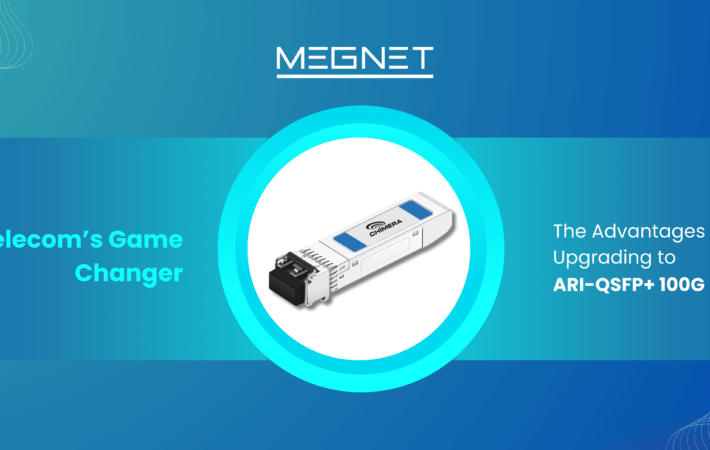

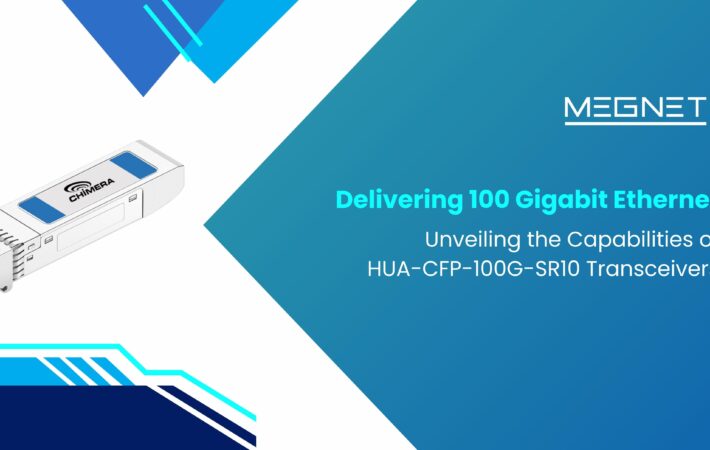
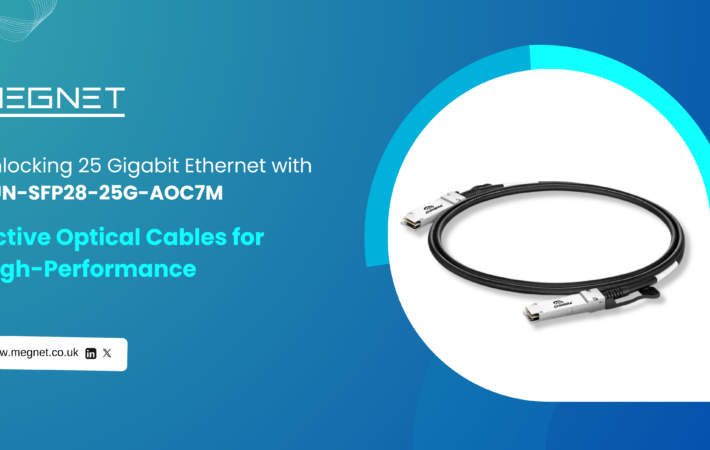
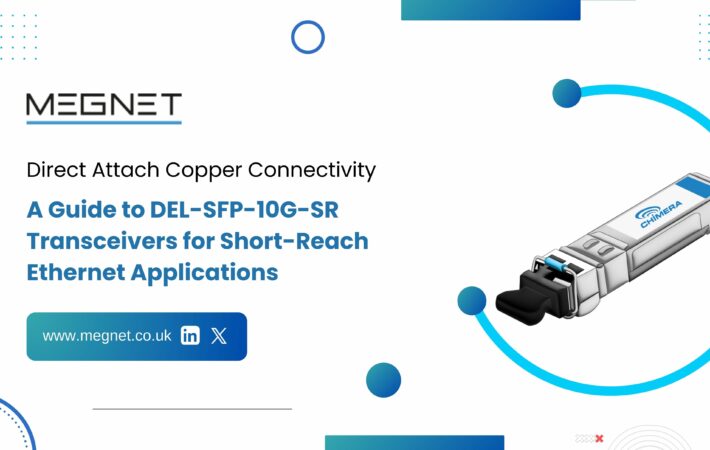


Leave a comment
Your email address will not be published. Required fields are marked *